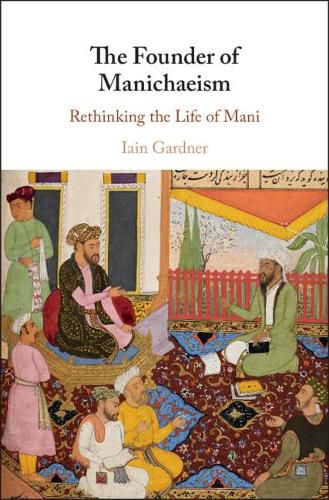Readings Newsletter
Become a Readings Member to make your shopping experience even easier.
Sign in or sign up for free!
You’re not far away from qualifying for FREE standard shipping within Australia
You’ve qualified for FREE standard shipping within Australia
The cart is loading…






Mani, a third-century preacher, healer and public sage from Sasanian Mesopotamia, lived at a pivotal time and place in the development of the major religions. He frequented the courts of the Persian Empire, debating with rivals from the Judaeo-Christian tradition, philosophers and gnostics, Zoroastrians from Iran and Buddhists from India. The community he founded spread from north Africa to south China and lasted for over a thousand years. Yet the genuine biography of its founder, his life and thought, was in good part lost until a series of spectacular discoveries have begun to transform our knowledge of Mani’s crucial role in the spread of religious ideas and practices along the trade-routes of Eurasia. This book utilises the latest historical and textual research to examine how Mani was remembered by his followers, caricatured by his opponents, and has been invented and re-invented according to the vagaries of scholarly fashion.
$9.00 standard shipping within Australia
FREE standard shipping within Australia for orders over $100.00
Express & International shipping calculated at checkout
Mani, a third-century preacher, healer and public sage from Sasanian Mesopotamia, lived at a pivotal time and place in the development of the major religions. He frequented the courts of the Persian Empire, debating with rivals from the Judaeo-Christian tradition, philosophers and gnostics, Zoroastrians from Iran and Buddhists from India. The community he founded spread from north Africa to south China and lasted for over a thousand years. Yet the genuine biography of its founder, his life and thought, was in good part lost until a series of spectacular discoveries have begun to transform our knowledge of Mani’s crucial role in the spread of religious ideas and practices along the trade-routes of Eurasia. This book utilises the latest historical and textual research to examine how Mani was remembered by his followers, caricatured by his opponents, and has been invented and re-invented according to the vagaries of scholarly fashion.